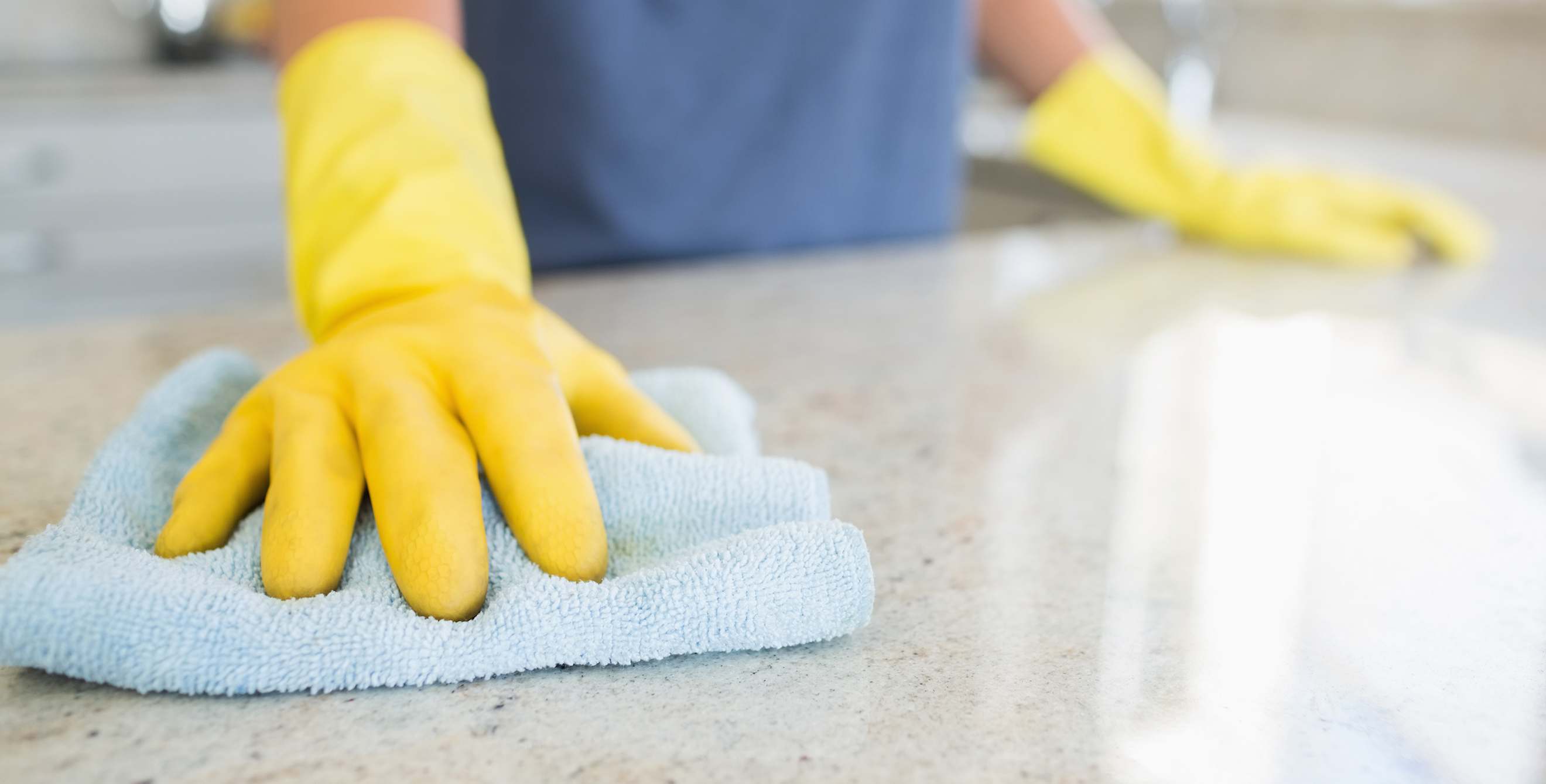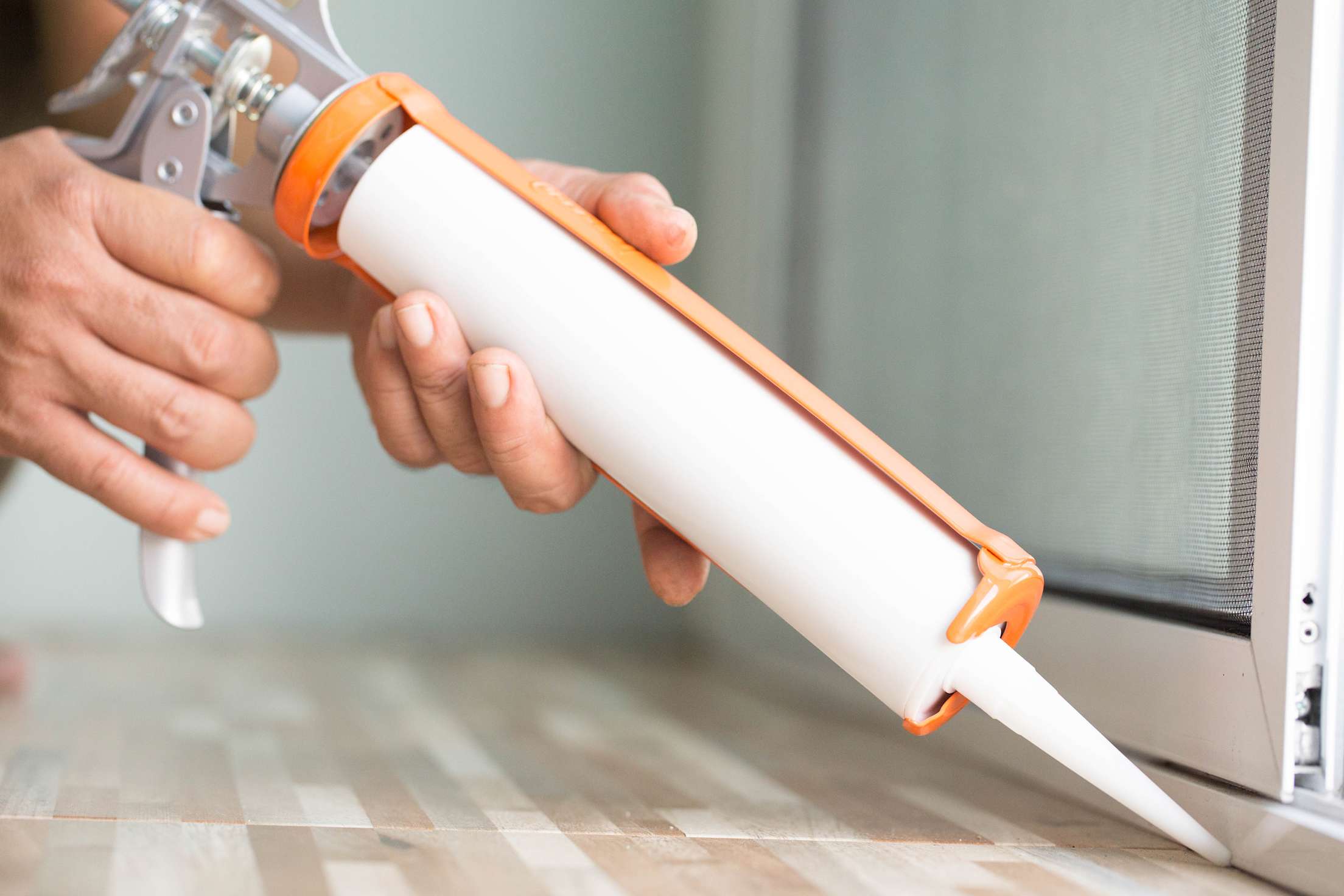
How to Prevent and Get Rid of Ants
Try these strategies to keep ants away from your home.

Spot one ant and it's likely that more are on the way, if not already in or near your home.
“Ants are social insects that live in large colonies,” says Jim Fredericks, senior vice president and longtime chief entomologist for the National Pest Management Association. That means the presence of a few indicates that “a larger pest problem could be just around the corner,” he says.
While their presence is unappealing, ants are generally deemed a nuisance pest since they’re small and don’t carry diseases, according to Thomas Marbut, the general manager and corporate trainer at Mosquito Squad. But some ants can also eat through wood or cause painful bites.
If you have ants in your home, whether they’re feasting on your crumbs or causing structural damage, you’ll want them out fast. Here’s what you need to know about getting rid of ants—and how to prevent them from coming inside in the first place.
When Ants Go Beyond a Nuisance
There are two species of ants that are more than an inconvenience.
- Fire Ants: Stings from this species can lead to skin irritation in humans and potential health issues for dogs, Marbut says.
- Carpenter Ants: These ants act as “silent destroyers” to homes, tunneling through wood and destroying its structural soundness, says Fredericks. “They can cause serious property damage to homes and other buildings,” he adds. While they gravitate toward wet, damaged wood, they’ll also tunnel through dry and undamaged wood. Wood-loving carpenter ants have a lot in common with termites. Look at their appearance to tell these two pests apart: Carpenter ants have a pinched-in waist and angled antennae, where termites are waist-free and have straight antennae. Keep geography in mind, too: You’ll find carpenter ants throughout the United States, but they’re “most commonly found in cool, damp climates in the northern regions of the country,” Fredericks says. Carpenter ants should always be treated by a professional.

Caulk entry points inside and out.
How to Prevent Ants From Entering Your Home
“Ants enjoy moisture and are constantly on the hunt for food,” Marbut says—that’s why it’s quite common to find them in the kitchen. Eliminating these two temptations will help keep them out of your home.
Marbut and Fredericks share other tactics to help prevent ants from getting inside:
- Eliminate their entry points. Fill up any small holes, cracks, and openings, and repair or replace damaged window screens or loose weather stripping, Marbut says. Be particularly mindful of the areas where utilities enter the home, Fredericks recommends.
- Eliminate moisture. Repair leaking pipes and faucets, and in notoriously damp spots in your home—like the basement or laundry room—use a dehumidifier.
- Remove food sources. Clean your kitchen regularly and keep your home crumb-free. “Store sugar, syrup, honey, and other sweets in closed containers and wipe the outside of the containers to eliminate any sticky residue,” Fredericks recommends.
- Take out the trash or compost. Use garbage and compost cans with a secure lid and make sure to empty them regularly.
- Be cautious with outdoor furniture. You’ll want to remove stowaways before bringing them inside, Marbut says.

Deep clean outdoor dining spaces to keep ants away.
Prevent Ants on Your Patio and Other Outdoor Spaces
If you’ve got an outside space, you’ll want to be able to enjoy it free from the company of ants. Here’s how to discourage ants from joining you as you lounge outside.
- Clean. Remove any trace of food or drinks that may be present on the table, grill and grill tools, and under and around any furniture, where food may have dropped, says Marbut. “You can do this by using a hose to spray down the dining area and knock away any food waste and clean up any sugary drink spills,” he says.
- Seal up food. Keep ants from crawling around the potato salad by keeping food covered in tightly sealed containers and coolers when you’re not dishing it out, Fredericks says.
- Be smart about compost, garbage, and recycling. Keep bins away from where you spend time outside, and rinse out bottles and cans before placing them in the recycling, Fredericks says.
Treatment Tactics
If ants arrive before you’ve put these preventative tactics in place, you’ve got a few options to get rid of them.
Place ant bait where you see ants gathering—the ants will bring this poison back to the nest. Make sure to keep it out of reach of children and pets, cautions Marbut. “Generally, the ant bait is low in toxicity but can cause nausea or skin irritation,” he says. Sprays will kill ants on contact but won’t end their presence in your home, since the colony won’t be affected.
You can also hunt down the ant trail, which signals to ants that a food source is available, says Marbut. “Follow the trail to identify the entry point, or place ant bait along the trail,” he recommends. If you find the entry point, you can seal it up using caulk, Marbut says.
You can use a disinfectant wipe or spray white vinegar to remove the trail. You might also add an ant deterrent on the path. “Certain safe household items such as chili powder, cinnamon, lemon juice, and peppermint oil will deter ants from the area, and are non-toxic,” says Marbut.
But in some cases, you may need more help than hardware store bait traps. “If the inside of your home has a significant number of ants, even after tackling the ant trail and attempting to eradicate them yourself, you should call a professional,” Marbut says. Licensed pros will identify your ant species and respond with the best treatment, along with identifying (and removing) the ants’ entry point.